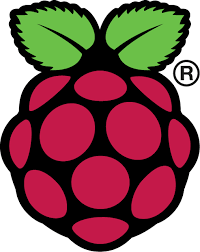Category: Raspberry Pi
When I was a kid I got an erector set. It was basically a bunch of metal pieces with some screws of various sizes. I loved it. And today my job is similar – assembling…
BiBli is the little robot that can. Developed over several years by Robauto and members of the robotics community, BiBli can be installed on Raspberry Pi (v.2 or v.3) to turn it into an autonomous…
Houston we have a problem. Someone left a Raspberry Pi plugged into a NASA network and hackers took advantage to steal some data from the Mars Rover. All Raspberry Pi’s come off the factory line…
Creating an ‘image’ or a copy of an operating system can take quite a bit of time. And if you are using the command line to set-up your SD card it can be difficult to…
Raspberry Pi’s are great because they are little mini-web server. This environment is familiar to anyone who has worked in the web development industry. There are 2 primary ways to easily access a Raspberry Pi.…
There are a few different ways to view the video feed from a BiBli. The media centers on BiBli prototypes run on Raspberry Pi which has some built-in video processing capabilities. To view the video…
This is a general overview of how to get a camera streaming via Raspberry Pi: 1. Update Raspian sudo apt-get update sudo apt-get upgrade 2. Configure camera sudo raspi-config enable camera and exit 3. Configure…
Can This Robot Help Kids With Autism? by Brian Hedger Jalali Hartman’s interest in how technology can help humans led to his latest startup venture, Robauto, a robotics company working to produce an affordable robot…




